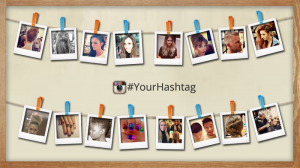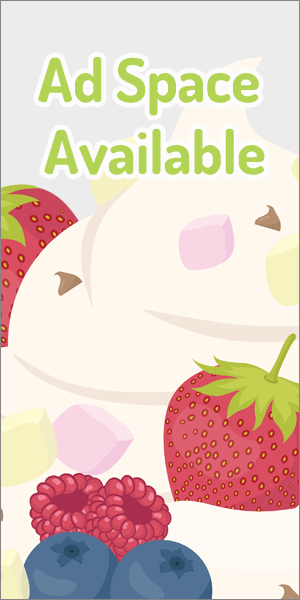 Whether you’re indoors or outdoors, you’ve certainly seen digital signs, or digital images on a LCD or LED monitor or by projection. For restaurants, the most popular use of digital signage is the digital menu board.
Whether you’re indoors or outdoors, you’ve certainly seen digital signs, or digital images on a LCD or LED monitor or by projection. For restaurants, the most popular use of digital signage is the digital menu board.
The adoption rate of digital signage has been growing rapidly as the cost of adoption falls because these types of signs have several compelling benefits.
Benefits of Digital Signage
Ease of updating. Frozen yogurt shops that change their menu offerings frequently find that not only is it much easier to change menu items and pricing with a digital menu board, but it is also much cheaper than creating new printed menus and physical menu boards. The ease of changing the content on a digital screen makes it easy to show a different menu depending on the time of day, on special occasions, etc. Menus can easily highlight special menu items (e.g., frozen yogurt flavor of the month, new flavors, favorite flavors) and promotions, as well as announcements, special events and more.
Engaging content. A bright, colorful digital monitor is easier to read and more eye-catching than a traditional menu. In addition, digital monitors with web connectivity can show real time information such as Twitter feeds, newsfeeds, weather updates, etc. Some digital signs are interactive and improve communication with customers – that is, customers can interact with the signs using their mobile phones. Signs can display games and content that engages and entertains customers. Shops can also easily create customized content for special events.
Social proof. Digital signs can highlight positive reviews, restaurant ratings, Instagram pictures, and testimonials from customers. This type of social proof can draw in new customers, including those that walk by the signs.
Improved branding. Digital signage creates a modern and contemporary feel. Attractive digital content can be used to build the restaurant’s brand. For example, a frozen yogurt place that offers organic fruit and frozen yogurt can include that point of differentiation on its digital sign. The sign can be used to show the shop’s tagline and emphasize why that shop is superior to the competitors.
Digital signs are superior to traditional signs when it comes to offering customized content that informs and engages customers.
Types of digital signs are available
Not all digital signs are the same. The types of digital signs include:
- Static: Displays one image or a series of still images
- Dynamic: Similar to static signs but it allows for animation/movement.
- Interactive: Unlike static and dynamic signs, interactive signs offer for two way communication by allowing viewers/customers to interact with the sign using their mobile phones or using a touchscreen. With touchscreens being prohibitively expensive for many, mobile interactivity is rising in popularity.
Ensuring a successful digital signage installation
A digital signage network requires three elements:
- Hardware
- Display screens (plasma, LCD, LED screens)
- Wall mount
- Computer/media player
- Digital signage content management software
- Content management server
Cloud-based content management systems are less burdensome on customers since it is the vendor who is responsible for the reliability, security and scalability of the system. The vendor supports, maintains and updates the content management system. No software installation is required.
Restaurants also need to provide engaging customized content. Those with a larger budget might hire a company to create promotional content for your digital signage installation. Another alternative is to purchase software for your personal computer or server or subscribe to service that allows your shop to create its own content using templates or applications. Content can be changed manually or using a scheduling system. Content management software is generally $1,000-$4,000 or $39-$59/month for a monthly subscription.
Future of digital signage
A new option that greatly increases the flexibility of content and the ease of content management is the availability of digital signage apps for digital signs. Monthly subscribers can choose from a library of apps, similar to the Apple store. Oalla, an innovative new venture based on a technology developed by a Stanford University student has a wide library of apps that allow digital signs to:
- Showcase curated content from Instagram, Facebook & Yelp to attract passersby
- Let customers post messages and share pictures to your in-store TV
- Gather feedback from customers such as the Frozen Yogurt Voting App which lets customers vote for their favorite flavors
- Offer games for customers to play such as Boggle, Hangman, Jeopardy, and crosswords
- Promote special offers, menu items, and your loyalty program
Oalla users can upload new images, manage content, and even customize apps specifically from their phones or personal computers. Use the drag-and-drop scheduler to automatically set when apps will be shown.
Special Oalla offer
Try Oalla risk free and at a special low price. This special offer is limited to the first 100 people that sign up.




